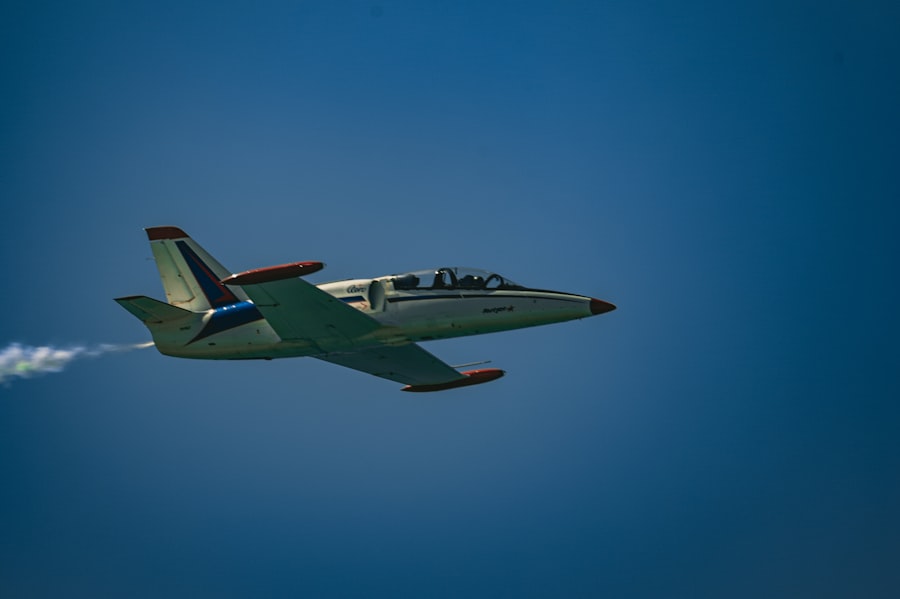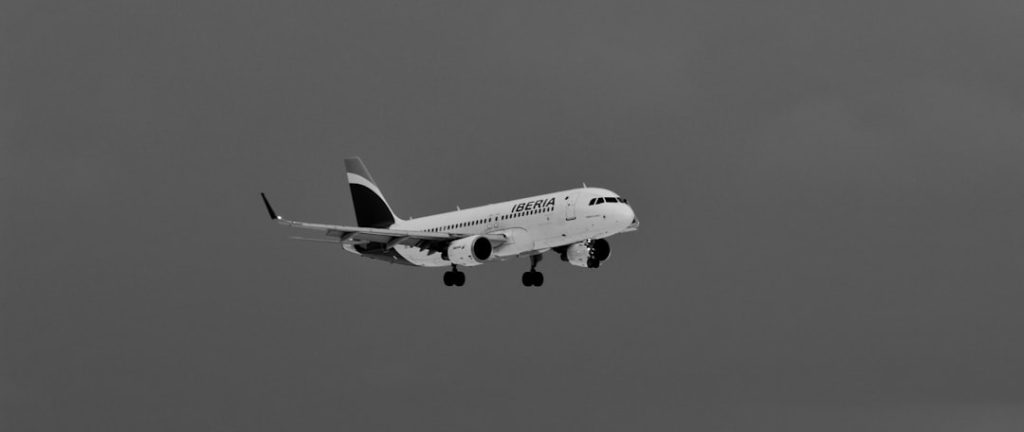The United Aircraft Corporation (UAC) has a storied history that reflects the evolution of the aviation industry itself. Founded in 1934, UAC emerged from the consolidation of several aviation companies, including the famed Boeing and Pratt & Whitney. This strategic amalgamation was driven by the need to streamline operations and enhance competitiveness during a time when the aviation sector was rapidly expanding.
The corporation’s initial focus was on commercial aviation, but it quickly diversified into military applications, reflecting the dual nature of aviation technology during the pre-World War II era. As the years progressed, UAC became synonymous with innovation and excellence in aircraft design and manufacturing. The company played a pivotal role during World War II, producing a range of military aircraft that were crucial to the Allied war effort.
Notably, UAC’s contributions included the development of advanced fighter planes and bombers that showcased cutting-edge technology for their time. The post-war period saw UAC pivot back to commercial aviation, where it continued to innovate with the introduction of jet airliners that revolutionized air travel. This historical trajectory not only highlights UAC’s adaptability but also underscores its significant role in shaping the modern aviation landscape.
Key Takeaways
- United Aircraft Corporation was founded in 1929 through the merger of several aviation companies, including Boeing, Pratt & Whitney, and Sikorsky Aircraft.
- The corporation has made significant contributions to aviation technology, including the development of advanced aircraft engines, commercial airplanes, and military aircraft.
- United Aircraft Corporation has had a major impact on the global aviation industry, shaping the way people travel and the way goods are transported around the world.
- The corporation has played a crucial role in military aviation, providing advanced aircraft and technology to support defense and security efforts.
- United Aircraft Corporation is committed to environmental sustainability, developing fuel-efficient aircraft and implementing eco-friendly practices in its operations.
United Aircraft Corporation’s Contribution to Aviation Technology
United Aircraft Corporation has been at the forefront of numerous technological advancements that have transformed aviation. One of its most notable contributions is the development of turbojet engines, which significantly increased the speed and efficiency of aircraft. The Pratt & Whitney J57 engine, for instance, was a groundbreaking innovation that powered several military and civilian aircraft during the 1950s.
This engine not only enhanced performance but also set new standards for reliability and maintenance in aviation technology. In addition to propulsion systems, UAC has made significant strides in aerodynamics and materials science. The introduction of composite materials in aircraft construction is a prime example of UAC’s commitment to innovation.
By utilizing lightweight yet strong materials, UAC has been able to produce aircraft that are not only more fuel-efficient but also capable of carrying larger payloads. The Boeing 787 Dreamliner, developed under UAC’s umbrella, exemplifies this shift towards advanced materials and design techniques, showcasing how UAC has consistently pushed the boundaries of what is possible in aviation technology.
United Aircraft Corporation’s Impact on Global Aviation Industry

The influence of United Aircraft Corporation on the global aviation industry cannot be overstated. As one of the largest aerospace manufacturers in the world, UAC has set benchmarks for quality, safety, and performance that have been emulated by competitors worldwide. The corporation’s aircraft have become staples in both commercial and military fleets across various nations, establishing UAC as a key player in international aviation markets.
Moreover, UAC’s innovations have spurred economic growth in regions where its manufacturing facilities are located. By creating thousands of jobs and fostering local economies, UAC has contributed to the development of a skilled workforce in aerospace engineering and manufacturing. The ripple effects of its operations extend beyond direct employment; suppliers and service providers also benefit from UAC’s presence, creating a robust ecosystem that supports the broader aviation industry.
This interconnectedness illustrates how UAC has not only shaped its own destiny but has also played a crucial role in advancing global aviation standards.
United Aircraft Corporation’s Role in Military Aviation
| Aspect | Details |
|---|---|
| Founded | 2006 |
| Headquarters | Moscow, Russia |
| Role | Design, production, and support of military aircraft |
| Key Products | Sukhoi Su-35, Mikoyan MiG-35, Tupolev Tu-160 |
| Customers | Russian Armed Forces, foreign military |
United Aircraft Corporation has had a profound impact on military aviation, providing advanced aircraft that have been integral to national defense strategies around the world. The corporation’s military division has produced a wide array of fighter jets, bombers, and transport aircraft that have been utilized by various air forces globally. Notable examples include the F-15 Eagle and F-22 Raptor, both of which are renowned for their superior performance and technological sophistication.
The strategic importance of UAC’s military aircraft extends beyond mere performance metrics; these aircraft often incorporate cutting-edge technologies such as stealth capabilities, advanced avionics, and superior maneuverability. The F-35 Lightning II program exemplifies UAC’s commitment to developing next-generation military aircraft that meet the evolving needs of modern warfare. By integrating multi-role capabilities into a single platform, UAC has ensured that its military offerings remain relevant in an increasingly complex geopolitical landscape.
United Aircraft Corporation’s Commitment to Environmental Sustainability
In recent years, United Aircraft Corporation has recognized the pressing need for environmental sustainability within the aviation sector. As global awareness of climate change intensifies, UAC has taken proactive steps to reduce its carbon footprint and promote eco-friendly practices throughout its operations. This commitment is evident in its investment in research and development aimed at creating more fuel-efficient engines and exploring alternative fuels.
UAC has also embraced initiatives to enhance operational efficiency across its manufacturing processes. By implementing lean manufacturing techniques and optimizing supply chain logistics, the corporation aims to minimize waste and energy consumption. Furthermore, UAC is actively involved in collaborative efforts with regulatory bodies and environmental organizations to establish industry-wide standards for sustainability.
These initiatives reflect a broader recognition within the aviation industry that long-term viability hinges on balancing technological advancement with environmental stewardship.
United Aircraft Corporation’s Future Plans and Innovations

Looking ahead, United Aircraft Corporation is poised to continue its legacy of innovation with several ambitious plans on the horizon. One area of focus is the development of electric and hybrid-electric aircraft, which promise to revolutionize air travel by significantly reducing emissions and operating costs. UAC is investing heavily in research partnerships with universities and technology firms to explore new propulsion systems that could redefine how aircraft are powered.
Additionally, UAC is exploring advancements in autonomous flight technology. The potential for unmanned aerial vehicles (UAVs) to transform both commercial and military aviation is immense, and UAC aims to be at the forefront of this evolution. By integrating artificial intelligence and machine learning into flight systems, UAC envisions a future where aircraft can operate with greater efficiency and safety while reducing human error.
These forward-looking initiatives underscore UAC’s commitment to remaining a leader in an ever-evolving industry.
United Aircraft Corporation’s Collaborations and Partnerships
Collaboration has been a cornerstone of United Aircraft Corporation’s strategy for growth and innovation. The corporation has established partnerships with various stakeholders across the aerospace sector, including government agencies, research institutions, and other aerospace manufacturers. These collaborations facilitate knowledge sharing and resource pooling, enabling UAC to leverage external expertise while driving internal innovation.
One notable partnership is with NASA on various aeronautics research projects aimed at improving air traffic management systems and developing next-generation aircraft technologies. Such collaborations not only enhance UAC’s technological capabilities but also contribute to broader advancements in aviation safety and efficiency. Furthermore, UAC actively engages with international aerospace organizations to promote best practices and standards that benefit the global aviation community.
United Aircraft Corporation’s Leadership and Key Figures
The leadership at United Aircraft Corporation plays a pivotal role in steering the organization towards its strategic goals while fostering a culture of innovation and excellence. Key figures within UAC have extensive backgrounds in aerospace engineering, business management, and international relations, equipping them with the skills necessary to navigate the complexities of the global aviation market. The CEO of UAC is often seen as a visionary leader who champions technological advancement while prioritizing sustainability initiatives.
Under their guidance, UAC has embraced a forward-thinking approach that emphasizes collaboration with external partners and investment in research and development. This leadership philosophy not only drives operational success but also inspires employees at all levels to contribute to UAC’s mission of advancing aviation technology for future generations.


